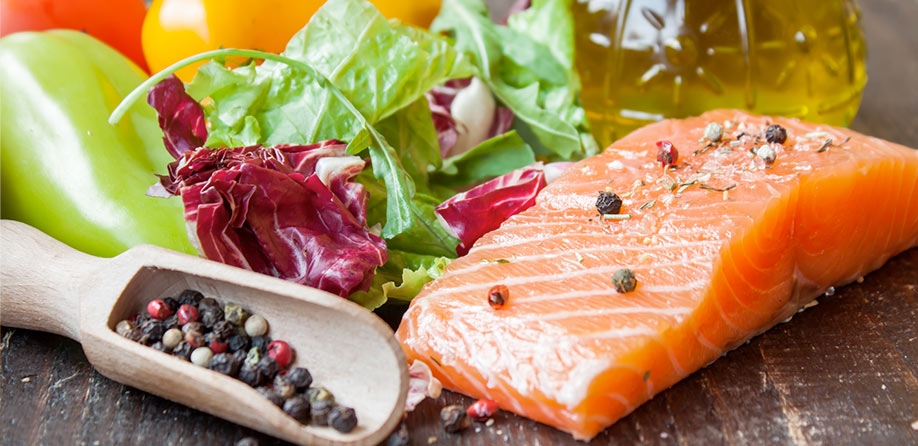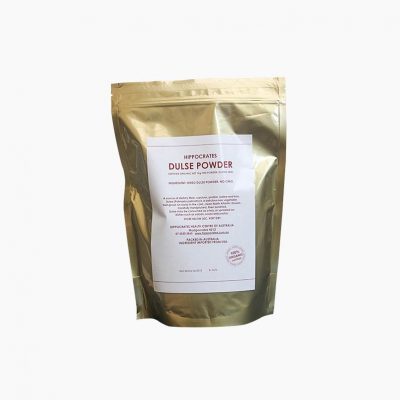The Ketogenic Diet has become trendy. It’s promoted as the next weight loss miracle, but it’s actually just another way that you can become depleted in magnesium.
It’s by no means a balanced diet, since it’s high in fat and low in carbohydrates to force the breakdown of fats. It’s so low in calories from carbs at 5% that it’s not sustainable for most people. 5% of a 1500 calorie diet is 30 calories or 7.5 grams (there are 4 calories in 1 gram). The only carbohydrate that we could find that would meet the 5% criteria was a medium carrot at 8 grams; which means no potato, no bread, no rice, nothing else, just one carrot for the day. The rest of the diet consists of 35% protein and 65% fats. 35% of a 1500 calorie diet is 525 calories; divide this by 4 and you have 131 grams of protein, which makes the keto diet very high in protein. 65% of 1500 calories is 975; divide by 9 calories per gram of fat and you have to obtain 108 grams of fat per day.
This is what 110 grams of fat looks like:
- Butter:
- 1 TBSP (12 grams)
- Avocado:
- 2 cups (42 grams)
- Olive oil:
- 1 TBSP (14 grams)
- Coconut oil:
- 3 TBSP (42 grams)
We have concerns about the Keto Diet, because Keto foods are high in calcium and low in magnesium. Keto practitioners admit that you can get muscle cramps and constipation on the diet. They tell you to drink more water and suggest magnesium as a laxative — but not as the solution to their high calcium diet.
Why is calcium so high on a Keto Diet? High fat dairy products – cheddar cheese (600mg calcium in 90g) and cream cheese (90mg in 90g) are mainstays of the diet. Even fermented dairy full fat kefir is high in calcium (190mg in 180g).





